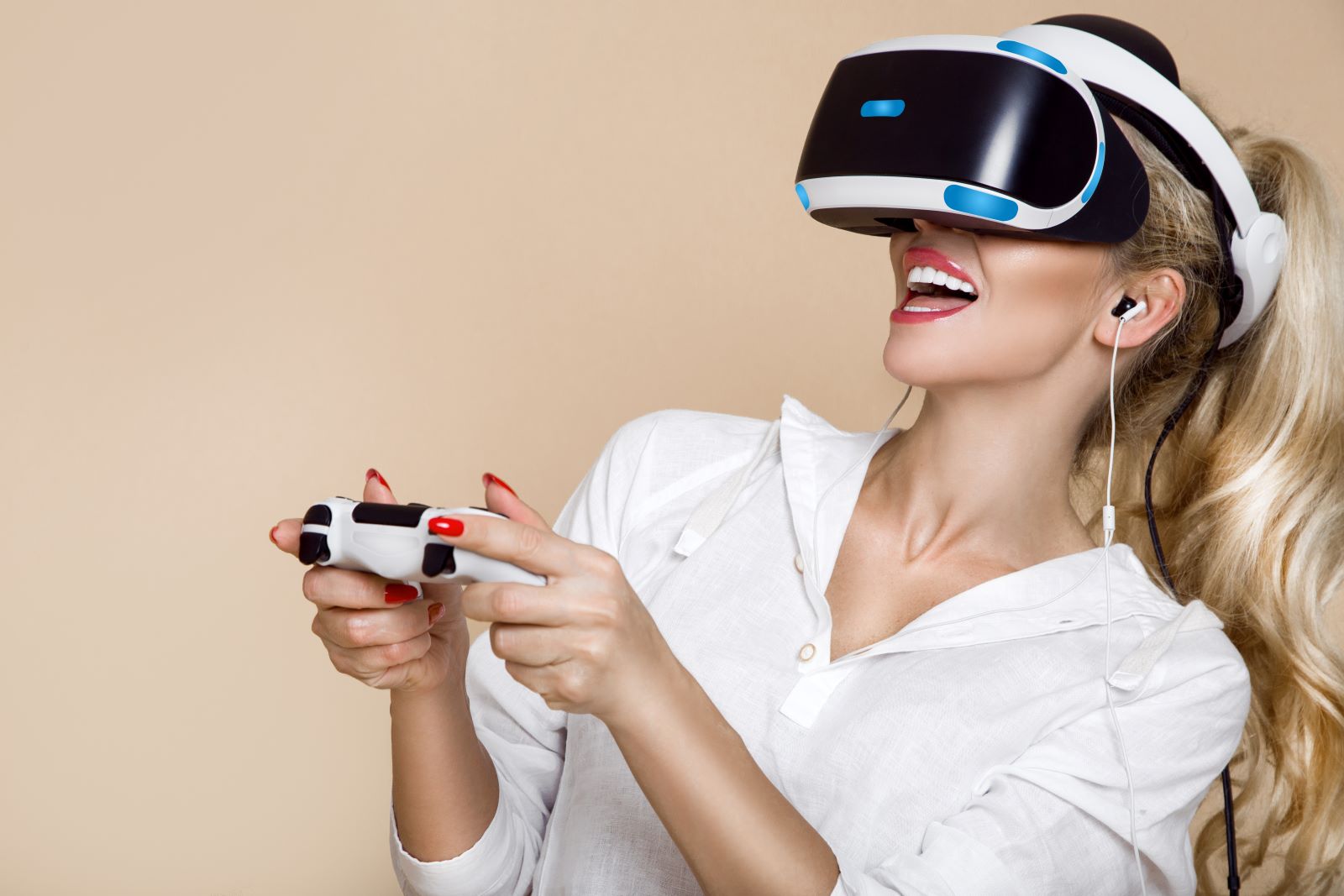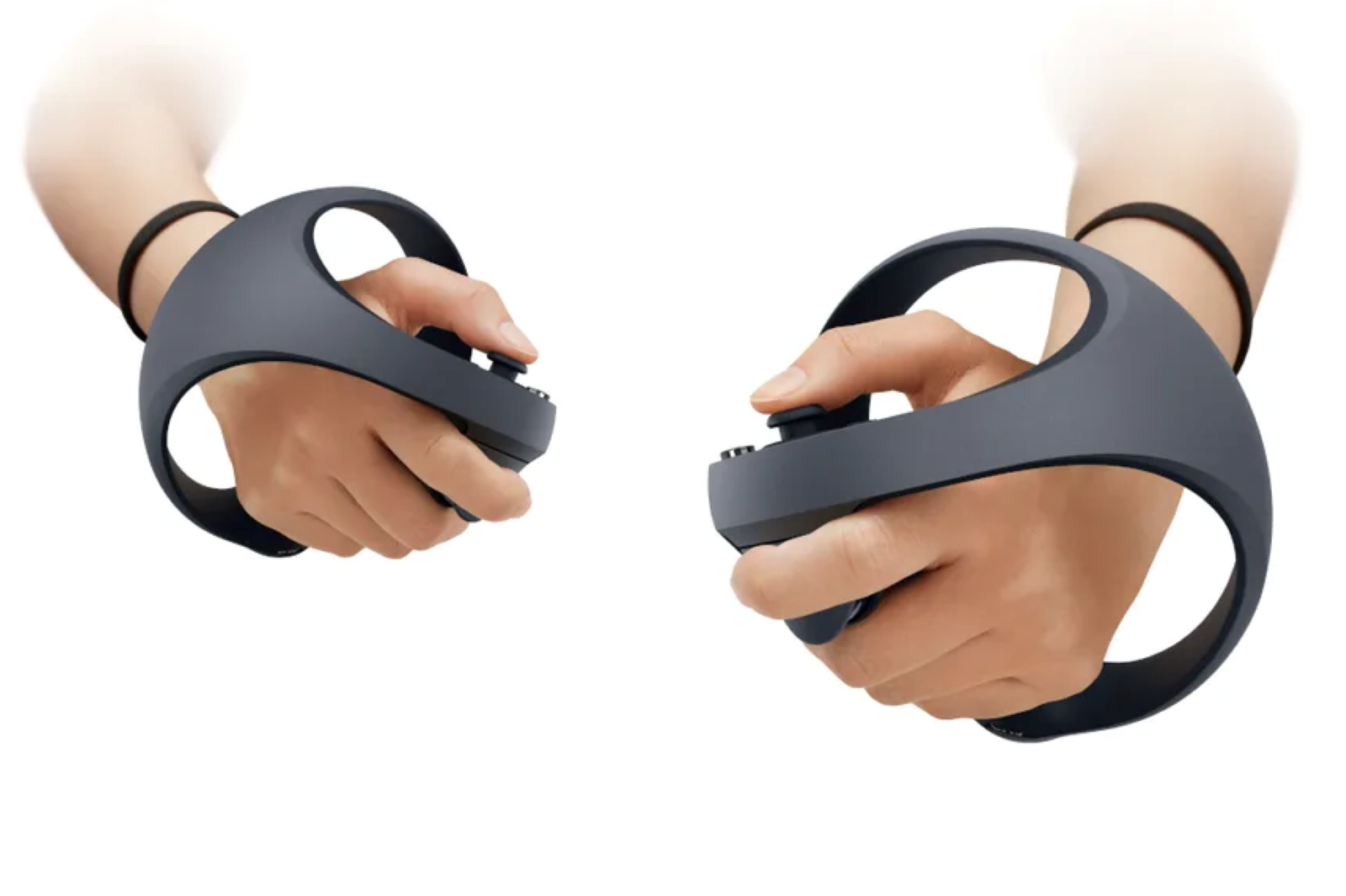Optus Mobile Review ALDI Mobile Review Amaysim Mobile Review Belong Mobile Review Circles.Life Review Vodafone Mobile Review Woolworths Mobile Review Felix Mobile Review Best iPhone Plans Best Family Mobile Plans Best Budget Smartphones Best Prepaid Plans Best SIM-Only Plans Best Plans For Kids And Teens Best Cheap Mobile Plans Telstra vs Optus Mobile Optus NBN Review Belong NBN Review Vodafone NBN Review Superloop NBN Review Aussie BB NBN Review iiNet NBN Review MyRepublic NBN Review TPG NBN Review Best NBN Satellite Plans Best NBN Alternatives Best NBN Providers Best Home Wireless Plans What is a Good NBN Speed? Test NBN Speed How to speed up your internet Optus vs Telstra Broadband ExpressVPN Review CyberGhost VPN Review NordVPN Review PureVPN Review Norton Secure VPN Review IPVanish VPN Review Windscribe VPN Review Hotspot Shield VPN Review Best cheap VPN services Best VPN for streaming Best VPNs for gaming What is a VPN? VPNs for ad-blocking UploadVR reports that Sony has shared new hardware details with its partners, revealing information on the new PSVR’s resolution, rendering and haptic feedback. According to the report, the new PSVR will feature 4K resolution (4000x2040 pixels, 2000x2040 per eye), a lens separation dial (for adjusting focus) and eye-tracking technology that’s capable of foveated rendering. There also appears to be a haptic feedback motor inside the headset itself (as well as the DualSense-inspired PSVR controllers). Foveated rendering is a display technology created specifically for VR and AR (Augmented Reality) experiences that relies on eye-tracking. In short, foveated rendering lightens the intense graphics processing workload for VR headsets, resulting in better battery life and, more importantly for the PSVR, more realistic VR environments. To achieve this, it relies on eye-tracking technology (another feature rumoured for the new PSVR) to improve the graphical fidelity in areas that directly meet your gaze, rather than rendering your entire field of view with the same fidelity. By reducing the resolution in the areas that you’re eyes aren’t directly looking at, a headset using foveated tracking can allocate more processing power to the areas you are looking at. Like the DLSS technology rumoured for the next Nintendo Switch, it’s a clever solution to a hardware limitation. There have been studies into using head-worn haptic devices to minimise motion sickness in VR. Researchers used alternating haptic feedback vibrations on the left and right side of VR headsets that synchronised with players’ footsteps and found that the prototype technology significantly reduced motion sickness amongst VR users. It’s an exciting possibility if your stomach turns at the thought of using a VR headset.

